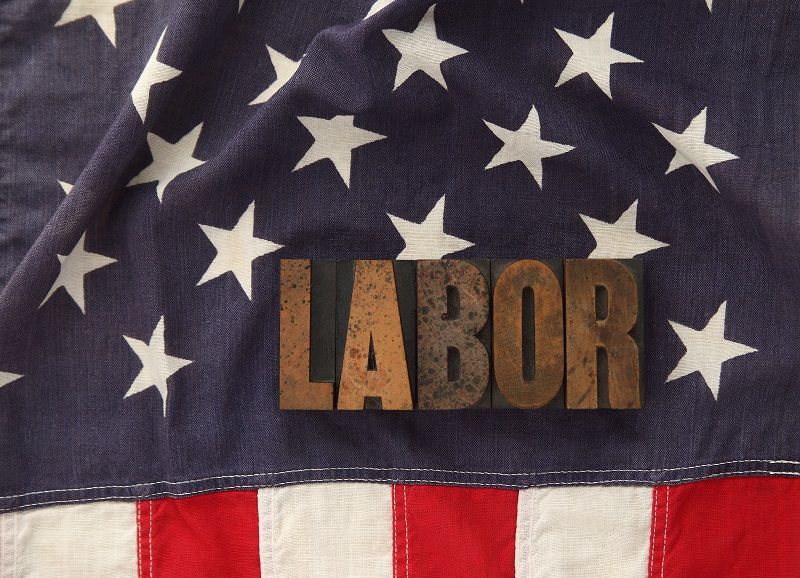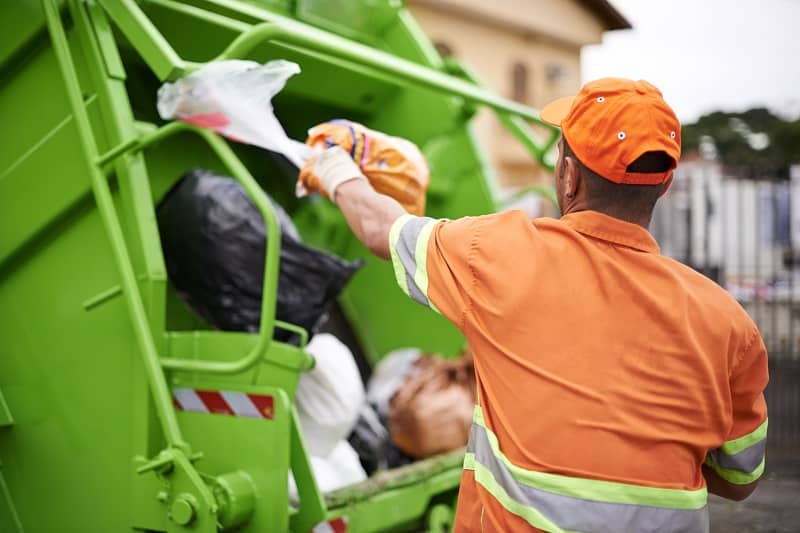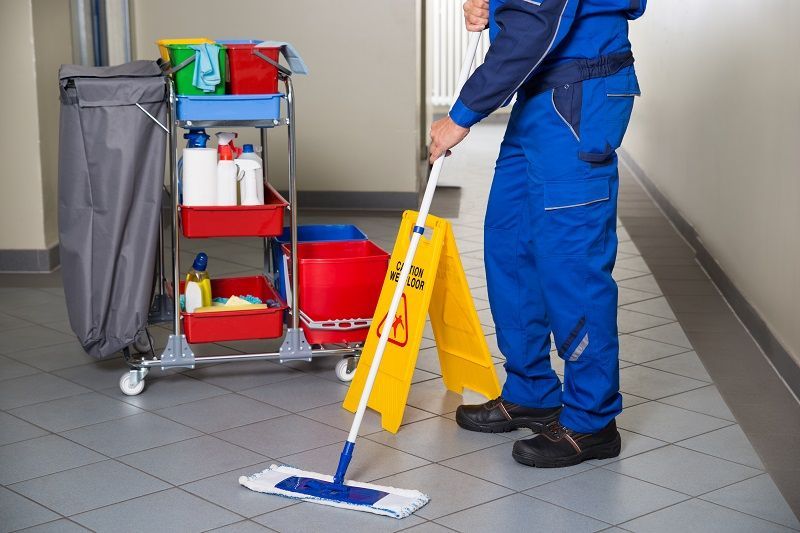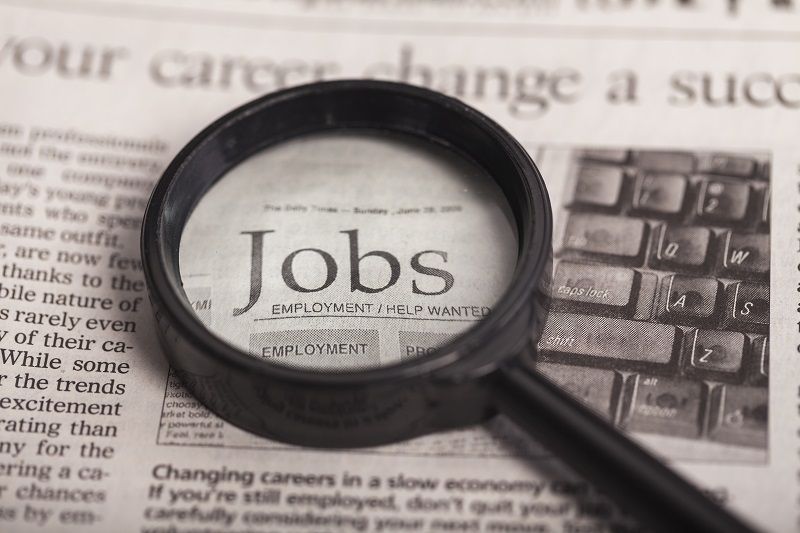

In the early 1980s federal investment in research and development of agricultural machines was suspended because of a political campaign by the prominent United Farm Workers leader Cesar Chavez to protect farm workers’ jobs and the technological challenges of that time.
Today the situation has changed. Now American farms are seriously disturbed about labor shortages for two main reasons: First, the uncertainty surrounding the guest worker visa program and immigration issues. Second, farms are losing workers to other sectors like construction, where labor is less arduous.
These circumstances have led agricultural associations like California’s Citrus Research Board to invest seriously in developing robots that would locate and pluck fruits like apples and oranges. Vision Robotics of California has been developing these robots for the last three years. It will take another 4 years and 5 million dollars before the robots work side-by-side with workers.
Although these robots are being developed in a climate of farm labor shortage, they are being marketed carefully as machines that would increase efficiency and act as supplementary assistance to human labor. So, the machines are not really substituting for humans but helping them to be more productive.
Let’s hope that this time politics doesn’t get in the way of finding practical solutions to the agricultural labor shortage.
© 2008, Cascade Policy Institute. All rights reserved. Permission to reprint in whole or in part is hereby granted, provided the author and Cascade Policy Institute are cited. Contact Cascade at (503) 242-0900 to arrange print or broadcast interviews on this topic. For more topics visit the QuickPoint! archive.











